Reviews & Articles
Su-Mei Tse: Nested – a review
Yang YEUNG
at 6:29pm on 21st June 2019
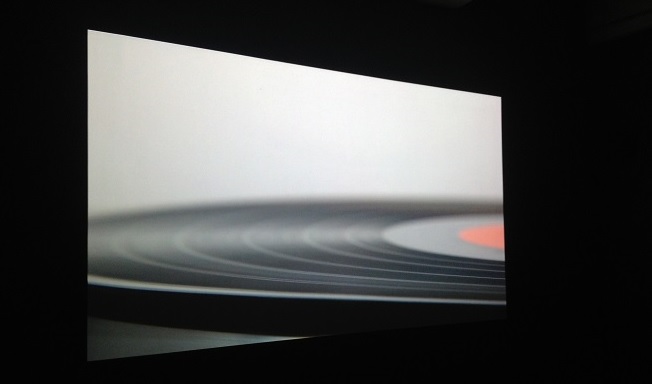
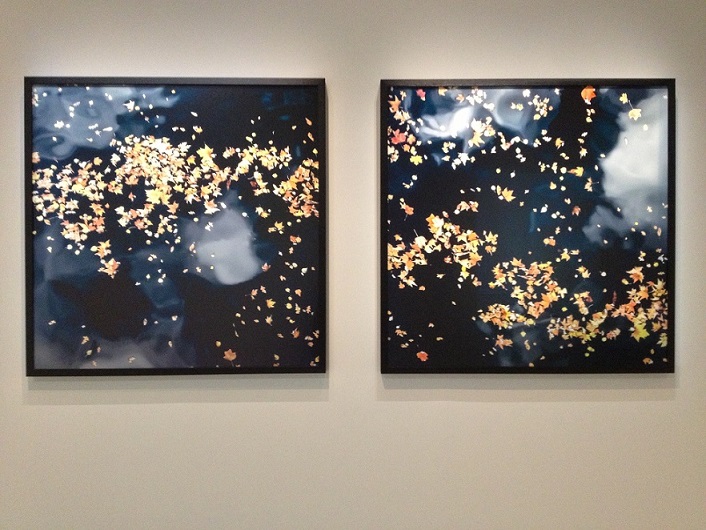
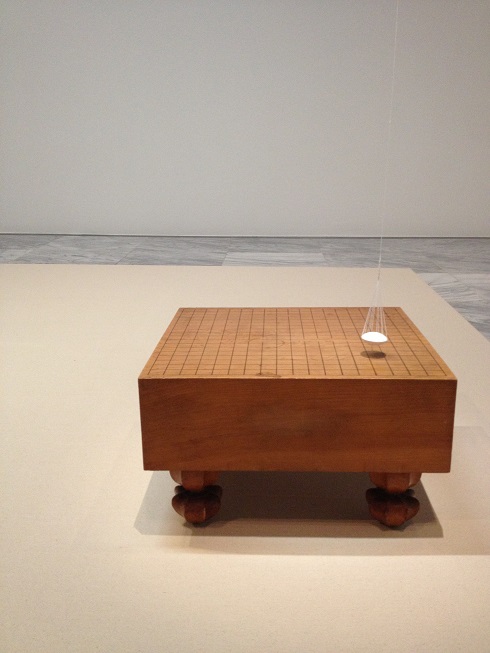
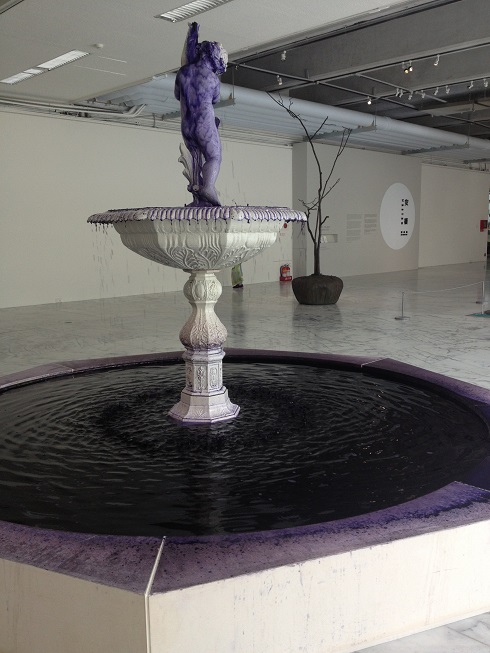
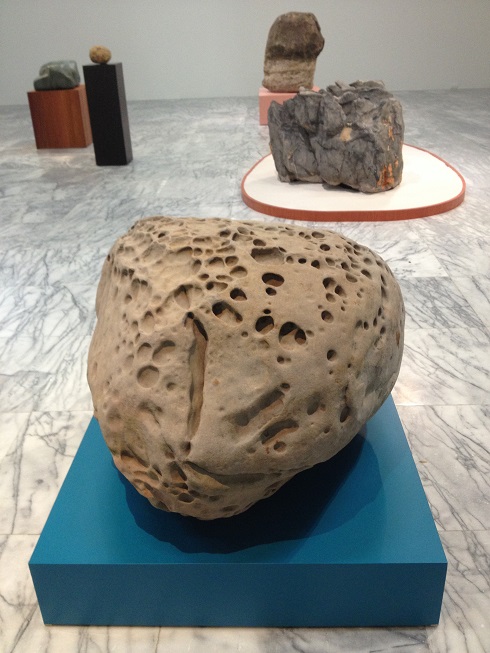
Captions:
1. Floating Memories
2. et à l l''horizon, il y await l''orage
3. Le coup schelle
4. Many Spoken Words
5. Stone Collection III
(原文以英文發表,評論〈謝素梅:安棲〉展覽。)
Registering singularity in multitude, and multitude as singular, Nested is an abundance that tells of how art and life encounter each other in tension – occasionally held in suspension, without hurry to settle, occasionally resolved. There is always something to return to, to flip open, and to cover up again. A future always already awaits.
|Nested first invokes the expanse of space with sound. Walking into the gallery, one hears dripping water before finding visual focus. Up close, the purplish water becomes real – it shimmers in the sunlight; it stains the rim of the fountain to own it. There is a formality to the structure, but also playfulness as if it’s been vandalized, or, it is itself the vandalism of something else, left in the middle of nowhere, minding its own business. In the artist and curator’s guided tour on the opening day, Sumei Tse introduced Many Spoken Words (2007-2017) in relation to her interest in literature and language. The fountain returns letters to their pre-letter form. I thought it also registers the multiple processes of the written word returning to the spoken, the voiced, the mouthed, the sobbed, and to the elements from which they come – rain and all that it takes for them to be. Syntaxes and hierarchies let go of their power to contain. Spilling over becomes a way of life. In the essay “silence that is not poetry”, Robert Bringhurst says, “To have anything to say, language must be emptied of itself. It must give itself away, instead of claiming to own the world or itching to control it.” [1] The undertaking of emptying embodies the potential for everything else to manifest.
The opening act of Nested is also consisted in an ambiguity: around the fountain, the bronze sculptures in the form of trees with their roots bundled up invite a question: are they wounded or protected? Or, are these same states of being? The purplish water, like gentian violet, alludes to injury and healing, evoking such unanswerable questions as how much pain does healing take. Trees and Roots # 1, #3, #4, for Tse, are in a state of transition – roots temporarily ‘nested’ in the museum, waiting to grow. Will they? It’s not clear; it depends on us and the weather condition.
If water in the fountain is a transformative force, water is at once an agent of revelation and concealment in Reflection #1, #2, #3. Three photographs show a small body of water in the woods and its reflection of plant-lives around it. They challenge conventional habits of seeing by showing the reflection not as something underneath, as below eye level, but as the prominent reality. The reflection, in its trembling texture, is the source of beauty and vitality. Prone to change, it nevertheless takes pride in its singularity.
This imminence of flux continues in the adjacent gallery, where pale orange leaves drift on the surface of water. The appearance of peace could be deceptive. The title suggests a certain storm that has come, or is to come. If not for it, the equanimity in …et a l l’horizon, il y avait l’orage might not have been as transparent. It is both the precariousness and resoluteness of this fleeting moment that a ‘weather-world’ conjures. Anthropologist Tim Ingold says to be in the weather-world is to be “caught up in the substantial flows and aerial fluxes” in the open, moving and responding to them, inhabiting them. [2] In Nested, the artist negotiates not only interiority and the open-air, but also the boundaries separating the faraway and the up-close, the moving and the still, the shimmering and the subdued, and more. Nested becomes a distinctive experience of aliveness.
A change of light: from the open air, one confronts human affairs. A white marble stone is hung above a wooden Goban, at just enough of a height to afford suspense and safety. The straightness of the line holding the stone is absolute: it grips the air around it and holds up a stillness that obliges silence. Le coup schelle registers the moment where a Go player conceals his move at the end of a day’s game, so that the game would be picked up the next day. The onlookers’ responsibility is called for: there is a secret to keep. The moment is full of anticipation, but it disciplines itself to stay still for now, for a prolonged interval.
Compare this to the suspension of a bundle of five ‘ostrich eggs’ in How to Wrap 5 Eggs. The eggs are larger than one palm can hold: tender in the way they are in a cuddle. While they are neatly in line, they also invite the imagination of a sudden burst of life. It is nature rather than human calculations as in Le coup schelle that is the spell-breaker here. While the marble stone is ready for victory, nature cares less. Both remain cool and detached.
The artist’s connection with stones is recurrent in the exhibition, which brings me to the last series of work I would like to address. Nested #3 is a series of found limestone, with mineral and marble balls nested on them. Where nature and human meet, neither is interested in overpowering the other: they are what they are, soloing and duetting. Resonating with the frozen moment in Le coup schelle, the staged randomness of form makes Nested #3 a scene from an unfinished game, constituted by the freedom of play. Hans-Georg Gadamer regards the ‘play-drive’ specific to artistic expression. “Human production encounters an enormous variety of ways of trying things out, rejecting them, succeeding, or failing. ‘Art’ begins precisely there, where we are able to do otherwise. Above all, where we are talking about art and artistic creation in the preeminent sense, the decisive thing is not the emergence of a product, but the fact that the product has a special nature of its own.” [3] In bringing stones of nature and of the humanly-devised together, Nested #3 reveals the variability and fragility of the gesture of holding each other in place.
The palm-scale of Nested #3 is in stark contrast to the geological scale of Stone Collection III, stones collected in Taiwan specifically for the exhibition – a juxtaposition of the extremities of scale. One of the rocks in the collection is a honeycomb. It is evidence of the erosive power of water: how it abrades and carves over all that it comes across, over long stretches of time. In the artist talk, Tse said that the moment when art is about to happen and not yet is a very intimate one for the artist. I find her astute and generous in sharing this insight – to be immersed between extremes that is likely to compel anxiety, vulnerability, possibly even fear. To these, Floating Memories offers closure and a new beginning.
A re-enactment of the artist’s childhood memory, Floating Memories is a video framed in the level of gaze of a child, perhaps tiptoeing, to get the ‘best’ view of the turning vinyl – where the needle touches the grain, where the rim of the vinyl repeats and returns to its own trajectory, while registering an edge beyond which sound drifts away. Inhabiting simultaneously the fleeting and the enduring, the artist is doing much more than telling a personal story – to touch where memories fade is to look into the horizon, which isn’t a straight line, but a condition that makes the perception of open sea and open sky possible.
Notes:
[1] Robert Bringhurst, Tree of Meaning: Language, Mind, and Ecology. Berkeley: Counterpoint. 2008:319.
[2] Tim Ingold, Being Alive: Essays on Movement, Knowledge and Description. Oxon: Routledge. 2011:96
[3] Hans-Georg Gadamer, The Relevance of the Beautiful and Other Essays, ed. Robert Bernasconi, tr. Nicholas Walker. Cambridge: Cambridge University Press. 1986:125.
First published in CoBo Social, June 2019
|
|
|
|
|
|
